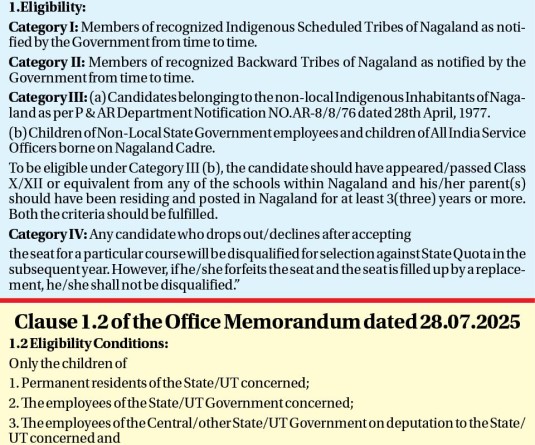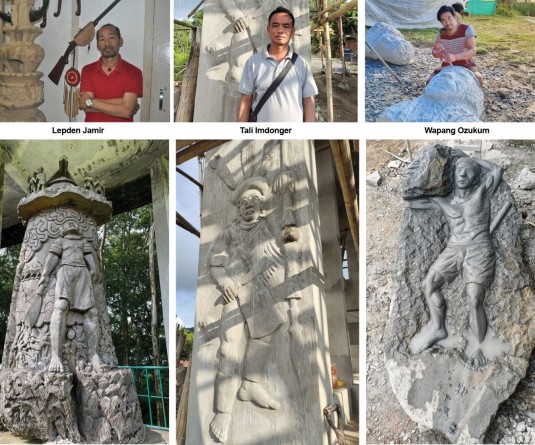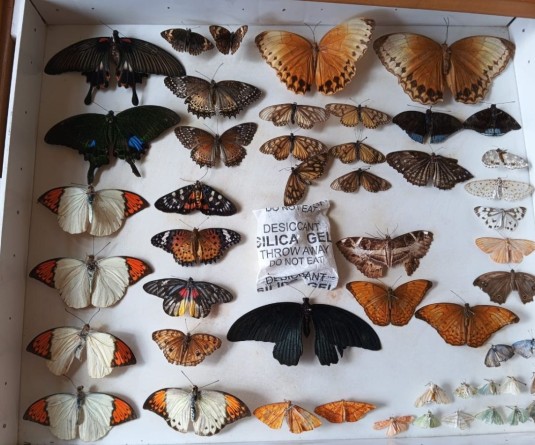Maruti is not just a car brand in Nagaland, it is part of people’s memory. (Morung Photo)
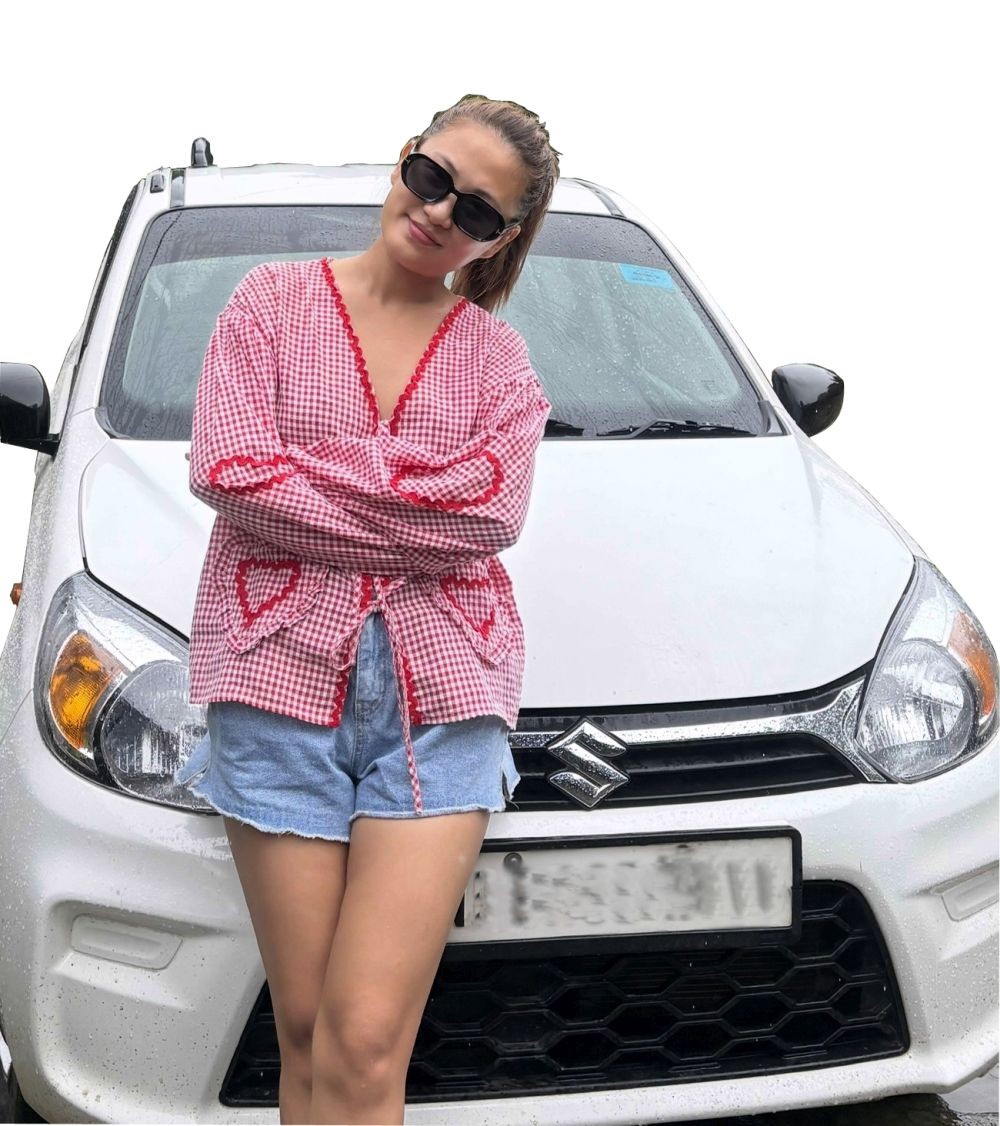
Kevichalhou Virie
Dimapur | July 28
When a young family in Nagaland starts saving for their first car, Maruti Suzuki instinctively comes to mind. In Nagaland, Maruti is not just a brand, it is the brand: dependable, affordable, and universally trusted. This final feature explores how Maruti has become the everyman’s choice in Nagaland through deep roots, smart strategy, and cultural resonance.
Maruti is not just a car brand in Nagaland, it is part of people’s memory. For many families, their first car, first breakdown, first road trip, and even first driving lesson happened in a Maruti. It grew with them, from the old 800s parked in village courtyards to today’s Wagon Rs and Balenos navigating city roads. Maruti did not just enter the market; it settled into daily life, quietly becoming the backdrop to countless Naga milestones.
Where It All Began
Maruti’s story in Nagaland began with Progressive Motors, which opened in June 1987 in Dimapur. Progressive Motors began as the second Maruti Suzuki dealership in Northeast India, founded by proprietor and CEO, TK Angami. Back then, the arrival of the Maruti 800 was a turning point, compact, affordable, and efficient, yet a luxury in its time.
In 2018, Seyie Auto launched the first Maruti Suzuki Arena showroom in Northeast India, located in Kohima. Its proprietor, Kuolachalie Seyie, emphasised Maruti’s business integrity, showroom quality, and SBI-backed financing, reinforcing its premium image despite its mass appeal.
Today, both Dimapur and Kohima have multiple showrooms and service stations, making Maruti the most accessible brand in the state, not just in terms of price, but also after-sales support.
Why Nagaland Loves Maruti? Practicality!
Fuel efficiency is a major priority, especially with rising fuel prices and long inter-town drives. Models like the Maruti Alto, WagonR, and Baleno deliver excellent mileage with low maintenance costs.
Maruti cars are also easy to service. Thanks to a robust service network across the state and readily available spare parts, even breakdowns in remote areas feel manageable.
Then there’s resale value. In a region where upgrading your car is common every few years, Maruti holds its value better than most.
A young teacher might begin with an Alto. A growing family may step up to an Ertiga. Maruti’s lineup fits life stages, from simple city drives to longer trips to the village or church camps in the hills.
As one Kohima-based driver put it, “If I want to sell my WagonR today, I will have a buyer by tomorrow morning. That’s why I keep coming back to Maruti.”
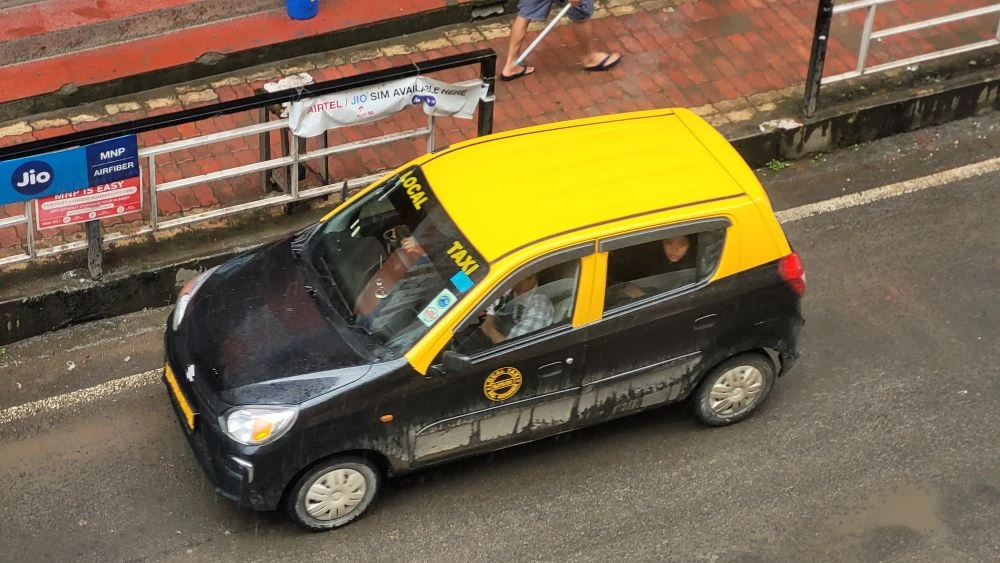
What Buyers Are Saying
During field interviews, buyers highlighted a few recurring reasons they chose Maruti:
• “Mileage is everything. With Maruti, I know what I am getting.”
• “The workshops are everywhere, Dimapur, Kohima, even Mokokchung. I never have to worry about parts.
• “I didn’t grow up seeing luxury cars, but I saw Maruti. It is part of our family memory.”
The emotional bond with Maruti is deep. In many families, the first car was a Maruti.
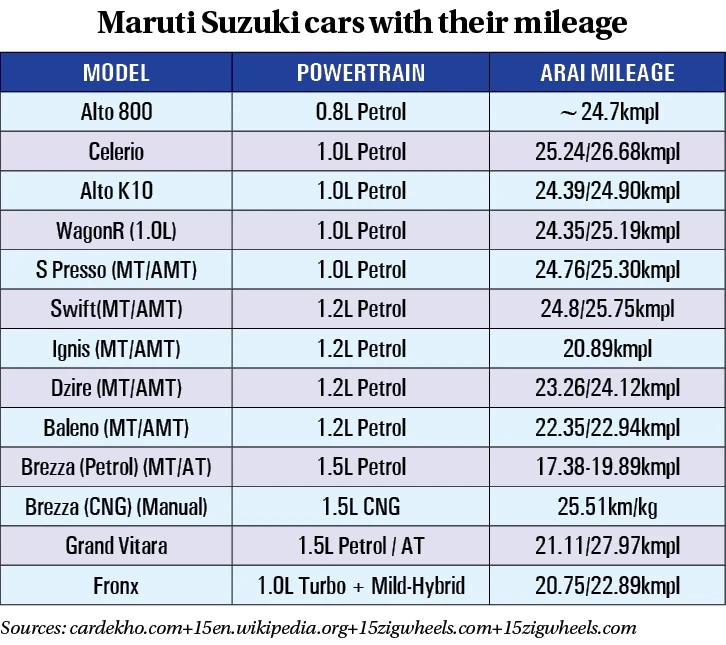
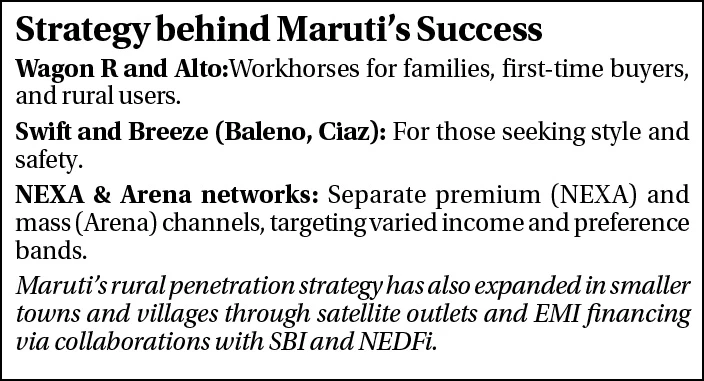
What the Numbers Say
According to MoRTH’s Vahan Dashboard, Maruti Suzuki had 67,922 four-wheeler registrations in Nagaland as of January 2023, making it the second-most registered brand in the state.
For private buyers, Maruti remains unmatched. Every month, Arena and NEXA showrooms in Dimapur report strong numbers, especially for entry-level models and the Swift series.
Maruti in Rural and Urban Life
In cities like Dimapur and Kohima, hatchbacks like the Swift, Alto K10, and Baleno dominate the streets. These cars are nimble, compact, and ideal for traffic-congested areas and narrow lanes. Meanwhile, in hilly and rural terrain, the demand shifts slightly toward high-clearance models like the Breeze, Ignis, Jimny, and the now-discontinued Gypsy, which still has a cult following.
The key lies in how Maruti has adapted its portfolio to Nagaland’s topography without breaking its promise of affordability. While SUVs and 4WDs dominate rural demand, many buyers still opt for Maruti because owning a car is about consistency and economy, not just capability.
A Brand That Adapts
Over the years, Maruti has done something few others have, listened. Whether it is offering EMI plans through SBI, opening up smaller rural outlets, or training local mechanics through Maruti Skill Development Programs, they have stayed relevant.
Even fuel choices reflect this: Maruti has increased focus on CNG and hybrid variants, making it a strong option for those concerned with rising petrol costs.
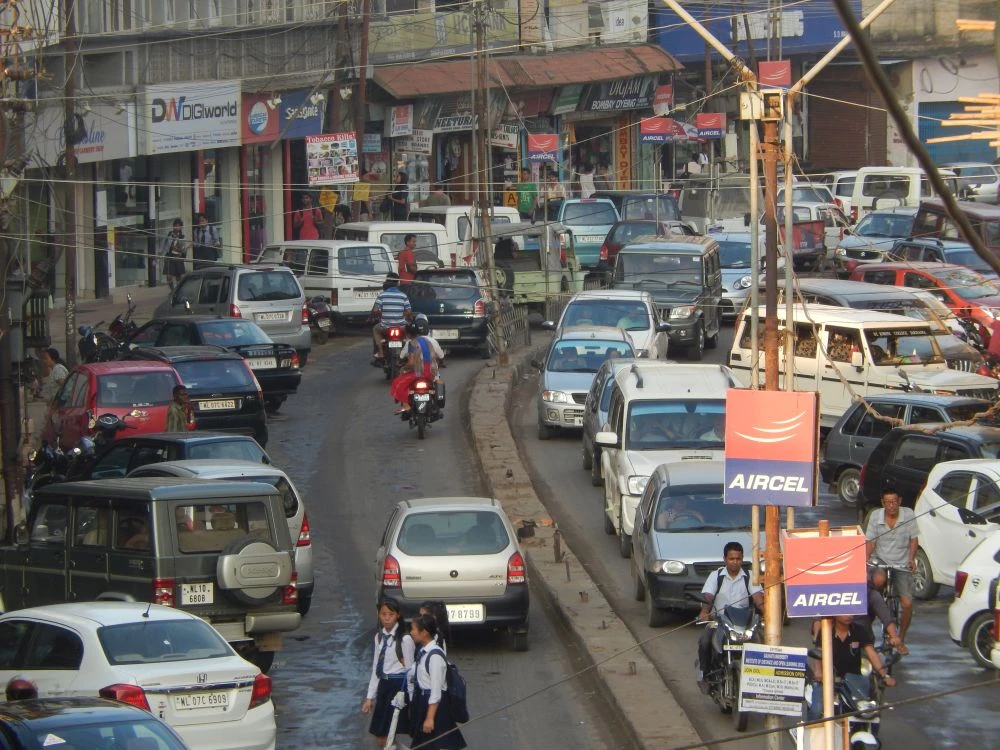
Stories from the Road
A teacher from Pfütsero says his WagonR has crossed 1,30,000 km in 9 years, with only routine servicing.
A small-time courier from Kohima upgraded from an Alto to a Dzire and says: “I do 70 km daily, and I have never been stranded. That’s why I am sticking to Maruti.”
Even local cab aggregators in Kohima prefer Maruti for their fleet: easy to insure, easy to fix, and a strong resale value when they rotate the cars out.
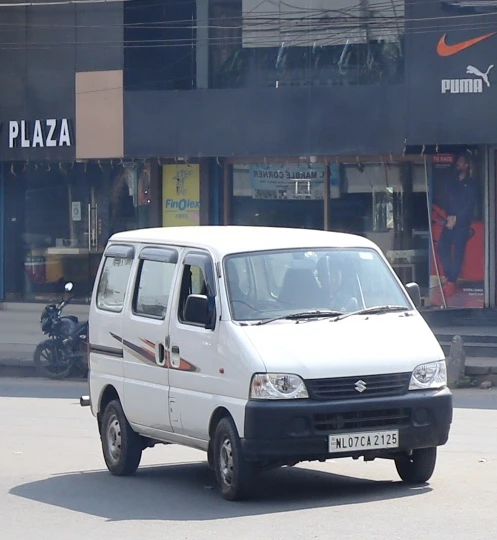
Maruti feels like home in Nagaland
In Nagaland, to own a Maruti is to attain a quiet milestone: first job, first family car, first business ride. These cars define trust, convenience, aspiration, and identity in one package. From school runs to church wedding missions, and from remote deliveries to social status, Maruti is woven into the everyday fabric of Naga life, and that is why Maruti isn’t just the everyman’s car in Nagaland, it is every family’s car.
In the end, Nagas don’t just buy Maruti because it is cheap, they buy it because it works. It lasts. And it never asks for too much.
Published under a special arrangement, this is the fifth story in a five-part series.


